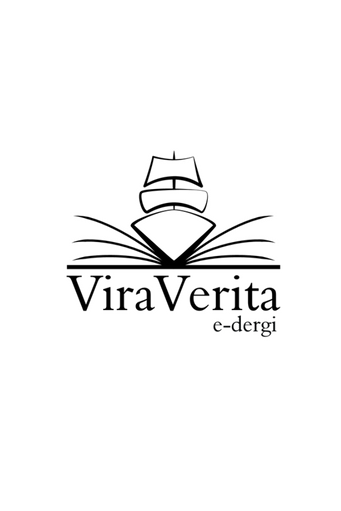Yargı Gücünün Eleştirisi’nde “Özgür Oyun” Bağlamında Hayalgücü ve Anlama Yetisi Sorunu
Kant, hayalgücü, Yargı Gücünün Eleştirisi, özgür oyun, estetik yargı, kavramsallık
The Problem of Imagination and Understanding in “Free Play” in the Critique of the Power of Judgment
___
- Allison, H. (2001). Kant’s Theory of Taste. Cambridge: University Press.
- Arendt, H. (2019). Kant’ın Siyaset Felsefesi Üzerine Dersler. (D. Sezer ve İ. Ilgar Çev.). İstanbul: İletişim Yayınları.
- Bell, D. (1987). “The Art of Judgement”. Mind. 96(382): 221-244
- Deleuze, G. (1995). Kant’ın Eleştirel Felsefesi: Yetiler Öğretisi. (T. Altuğ, Çev.). İstanbul: Payel Yayınevi.
- Deleuze, G., Guattari, F. (2020) Felsefe Nedir? Çev. Turhan Ilgaz, İstanbul: YKY
- Ginsborg, H. (1997). Lawfulness without a Law: Kant on Free Play of Imagination and Understanding. Philosophical Topics, 25(1): 37-81.
- Guyer, P. (1979). Kant and the Claims of Taste. Cambridge: Harvard University Press.
- Guyer, P. (2005). Values of Beauty: Historical Essays in Aesthetics. Cambridge: University Press.
- Henrich, D. (1992). Aesthetic Judgment and the Moral Image of the World, Stanford: University Press.
- Heidemann, D.H. (2016). “Kant’s Aesthetic Nonconceptualism”. Kantian Nonconceptualism. Dennis Schulting (ed). London: Palgrave Macmillan.
- Horstmann, R.P. (2018). Kant’s Power of Imagination. Cambridge: University Press.
- Kant, I. (2007). Critique of the Power of Judgment. (P. Guyer ve E. Matthews, Çev.). Cambridge: University Press.
- Kant, I. (2009). Critique of Pure Reason. (P. Guyer ve A. Wood, Çev.). Cambridge: University Press.
- Kant, I. (2014). Anthropology, History, and Education. Cambridge: University Press.
- Kant, I. (1995). Prolegomena. Çev. İoanna Kuçuradi - Yusuf Örnek. Ankara: Türkiye Felsefe Kurumu Yayınları.
- Krämer S. (2018). Schematism, Imagination, and Pure Intuition. Image, Imagination, and Cognition, Eds. Christoph Lüthy, Claudia Swan, Paul Bakker, Claus Zittel, Leiden: Brill Publishing.
- Makkreel, R. (1994). Imagination and Interpretation in Kant. Chicago: University Press.
- McDowell, (1996). Mind and World. London: Harvard University Press.
- Paton, H.J. (1936). Kant’s Metaphysics of Experience, Cilt I, Londra: George Allen & Unwin Ltd.
- Rogerson, K.F. (2008) The Poblem of Free Harmony in Kant’s Aesthetics. New York:State University of New York Press.
- ISSN: 2149-3081
- Başlangıç: 2015
- Yayıncı: Çetin TÜRKYILMAZ
Yargı Gücünün Eleştirisi’nde “Özgür Oyun” Bağlamında Hayalgücü ve Anlama Yetisi Sorunu
Müzisyence Bir Soruşturma: Badiou ve Müzik
François NİCOLAS, Çevirmen: Rahmi YURTTAKALAN
Medusa Miti Üzerinden Sanatta Yeniden Anlamlandırma ve Yeniden Üretim
Olanı Yanlış Hissetmek: Slavoj Žižek, Antonio Damasio ve Duygulanımların Materyalist Bir Açıklaması
Adrian JOHNSTON, Çevirmen: Güncel Oğulcan ÜLGEN
Yontulmuş Bedenden Performatif Bedene: Sanat ve İktidar Gerilimi
Parergon’dan Ergon Yaratmak: Magritte Resimlerinde Sınırların Üzerinde Yürümek
Kapanma Estetiği: COVID-19 Pandemisi Boyunca Bir Sanatçı Olarak Deneyimim
